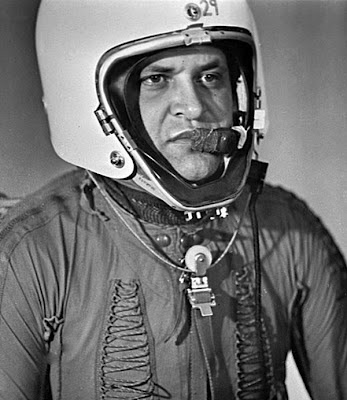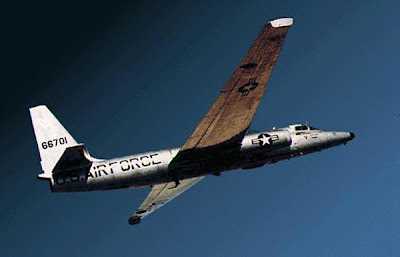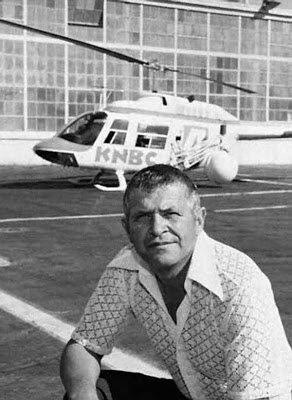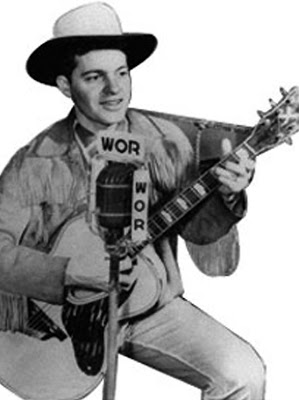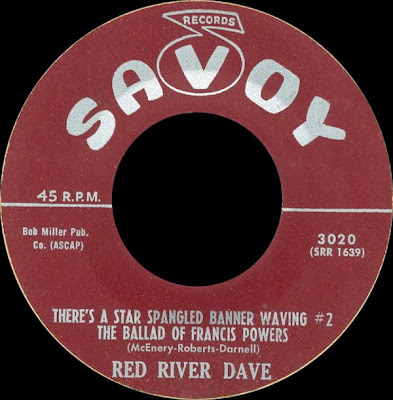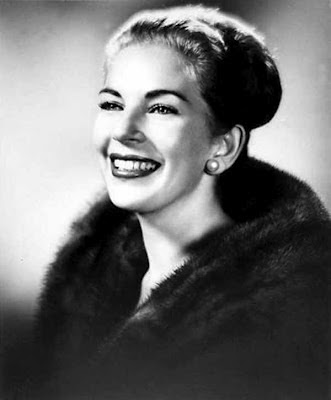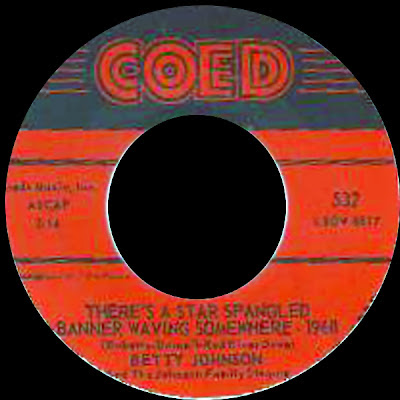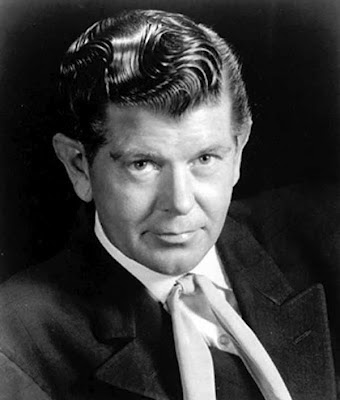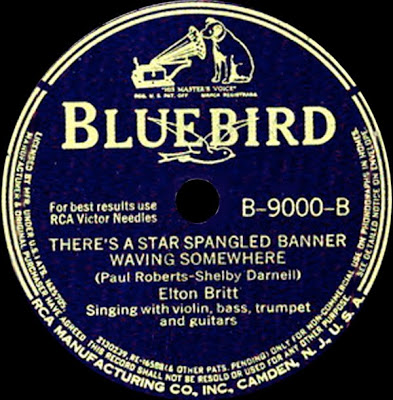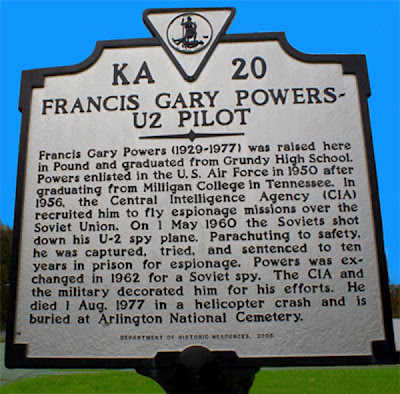Last Friday, 15 June 2012, an American soldier was posthumously awarded the Silver Star, our nation’s third highest military decoration, for demonstrating steadfast loyalty and sustained courage during his capture by enemy forces.
Francis Gary Powers was born on 17 August 1929 in Jenkins, Kentucky and raised across the border in nearby Pound, Virginia. He became a second lieutenant in the United States Air Force and assigned to the 468th Strategic Fighter Squadron at Turner Air Base in Georgia. He was an exceptional F-84 Thunderjet pilot.
In 1956, Captain Francis Powers was discharged from the Air Force and recruited by the Central Intelligence Agency (CIA) as a U-2 pilot. He would fly espionage missions at altitudes of up to 70,000 feet (21.3 KM) over the Soviet Union and other hostile countries, taking high-resolution photographs of strategic military installations and other potential targets.
On 1 May 1960, as the United States and the Soviet Union were preparing for summit talks in Paris, Francis Gary Powers secretly took off from an air base in Peshawar, Pakistan, for another photo reconnoissance mission over the Soviet Union. As he passed over Sverdlovsk, Mayak, the location of a nuclear accident in 1957 that was related to the development of atomic weapons, a number of MiG-19 Soviet fighter jets took chase, and a total of eight S-75 Dvina surface-to-air missiles were fired in his direction. One of these missiles hit the MiG and took down the Soviet friendly force. Another hit the American U-2. Unable to activate the self-destruct mechanism, Francis Gary Powers managed to eject and parachute to the ground where he was captured by Soviet forces. The U-2 fell to Earth nearly intact, giving the Soviets access to classified technology. The incident angered Soviet Premier Krushchev, who promptly cancelled his participation in the summit talks.
On 17 August 1960, Francis Gary Powers was convicted of espionage and sentenced to three years of imprisonment at Vladimir Central Prison about 100 miles east of Moscow, followed by seven years of hard labor. Two years after his capture, on 10 February 1962, he and an American student named Frederic Pryor were released to the United States in exchange for a Soviet KGB Colonel named Vilyam Fisher who was arrested for espionage by the FBI and imprisoned in Glienicke Bridge in Berlin, Germany.
Francis Gary Powers was certainly not the only spy-plane pilot who was shot down by enemy forces, nor was he the first. In the 1950’s and 1960’s, over 160 airmen were shot down over Communist territory and subsequently listed as killed or missing in action.
Upon his return to the United States, Francis Gary Powers become the target of a Senate Armed Services Select Committee investigation who charged him with misconduct that led to the release of classified technology. His reputation was cleared when it was determined that he carried out his orders and conducted himself as a fine young man under dangerous circumstances. He went to work for Lockheed as a test pilot in 1963. In 1970, following the publication of his memoirs of the U-2 incident, he was terminated. He became a helicopter traffic reporter, first for KGIL Radio in Los Angeles, then for KNBC Television. He died in 1977 while covering wild fires in Santa Barbara County. Possibly due to a faulty fuel gauge, the Bell 206 Jet Ranger helicopter ran out of fuel just a few miles short of Burbank Airport. Although it was possible for him to land safely using a technique called auto-rotative descent, Francis Gary Powers diverted course at the last minute to avoid crash landing near some children he noticed playing below.
The story of this American hero was recalled in 1976 in a biography called Francis Gary Powers: The True Story of the U-2 Spy Incident, and subsequent made-for-TV movie starring Lee Majors as Francis Gary Powers.
Shortly after being shot down, the press started to uncover and report details of the incident. In 1960, a guy named David McEnery from San Antonio, Texas, who called himself Red River Dave, rewrote the lyrics of a million-selling 1942 Country and Western hit by Elton Britt called There’s A Star Spangled Banner Waving Somewhere, turning it into The Ballad Of Francis Powers.
Here’s There’s A Star Spangled Banner Waving #2 The Ballad Of Francis Powers by Red River Dave on Savoy 3020 from 1960:
This updated version climbed to #64 on the Billboard Hot 100, and #82 on Cashbox. Born in 1914, Dave got his nickname because he loved to sing the song Red River Valley on radio shows while attending high school in Texas. At age 16, he dropped out of school and left San Antonio to ride the rails. He found work as a migrant farmer and took odd jobs singing in restaurants. A radio station in Virginia finally hired him as their Singing Cowboy. Dave and his group, The Swift Cowboys, began recording for Decca Records, then cut some sides on the Savoy label. One of the first songs he wrote was about another missing pilot, Amelia Earhart’s Last Flight. During World War II, Dave served in the infantry for two years. Afterward, he tried his hand at acting, appearing in several B-movie westerns. He returned to San Antonio in 1952 as host of a television program. Several years later, he retired from music to become a real estate salesman. In 1974, his wife wife of 35 years was killed in a fire. Dave moved to Nashville, but later returned to San Antonio where he died in 2002.
Here’s the little-known follow-up that Red River Dave released shortly afterward, The Trial Of Francis Powers on Savoy 3023 from 1960. This one failed to make an appearance on the charts:
When Red River Dave’s updated version of the song became a hit, a pop artist named Betty Johnson recorded her version of it on Coed 532. It only managed to reach #111 on Billboard’s Bubbling Under The Hot 100 chart. Betty Johnson is best known for her 1958 novelty, The Little Blue Man.
Here’s There’s A Star Spangled Waving Somewhere by Betty Johnson on Coed 532 from 1960:
Elton Britt was born James Elton Baker on 27 June 1913 in Marshall, a small community in Searcy County, Arkansas. He recorded over 600 songs for RCA and other labels over his 30 year career. He died of a heart attack on 23 June, 1972, just five days shy of his 59th birthday.
Here’s the original wartime version, written by Paul Roberts and Shelby Darnell (actually producer Bob Miller), There’s A Star Spangled Banner Waving Somewhere by Elton Britt on RCA Bluebird 9000 from 1942:
It’s a song about a crippled young man who feels it is his patriotic duty to serve his country and help fight the war in spite of his handicap. So where is the “somewhere” referenced in this song? It was probably a fictional corner of Heaven that was set aside for the allied soldiers who faced the axis powers during World War II. I wonder if someone will write a new version of this song, bringing it up to date with what’s going on today. Can you imagine those lyrics?
Keep listening to MusicMaster Oldies and you’re bound to hear hundreds of songs that were written about other current events. It’s a whole lot easier than the History courses you took in school!

